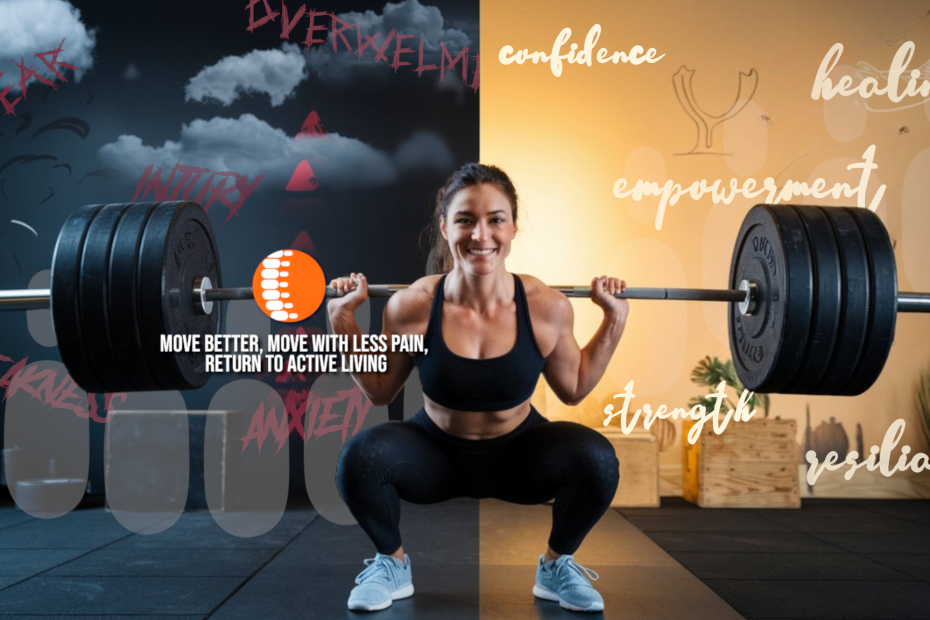When you are injured, the degree of pain you experience is not always proportional to the extent of the physical damage. Pain is a complex and multifaceted experience that involves far more variables than just tissue damage. Effective pain management requires understanding that the body—and more specifically, the brain—interprets the situation to determine how dangerous it perceives the injury to be. This assessment includes not only the physical state of the body but also emotional, environmental, and psychological factors. The brain considers the current context, past injury experiences, and potential future consequences of the injury before determining the degree of threat and, subsequently, the level of pain you feel.
Individual Responses to Pain: A Matter of Perception
For example, one person might stub their toe and brush it off as a minor inconvenience, continuing with their day as if nothing happened. In contrast, another person who has previously suffered a broken toe might react with intense pain, even if the injury this time is relatively minor.
The Role of Psychological Factors in Pain
Pain is not solely a result of physical injury; psychological factors play a significant role. For some individuals, psychological tendencies such as anxiety, depression, or catastrophic thinking can amplify the perceived danger of an injury, leading to heightened pain sensations. These thoughts, known as “Danger In Me” (DIMs), increase the perceived threat and thus intensify the pain experience. Unfortunately, these DIMs often cause people to avoid activities that are essential for their recovery. This avoidance can slow down rehabilitation, hinder progress, and ultimately reduce their quality of life and enjoyment of daily activities.
DIMs and SIMs: Balancing Danger and Safety
On the flip side, “Safety In Me” (SIMs) refers to factors that create a sense of safety and security, helping to reduce pain. SIMs can include accurate knowledge about pain, positive experiences, supportive relationships, and a safe environment. The balance between DIMs and SIMs greatly influences how much pain a person experiences. When credible evidence of danger outweighs evidence of safety, pain is likely to be more intense. Conversely, when safety evidence is stronger, pain tends to diminish.
The Protectometer: A Tool for Pain Management
The concept of DIMs and SIMs is central to the Protectometer, a tool introduced in The Explain Pain Handbook: Protectometer. This interactive tool helps individuals and clinicians map out the various factors—both DIMs and SIMs—that influence their pain experience. By identifying and minimizing DIMs while enhancing SIMs, individuals can gain better control over their pain and improve their overall well-being.
My Role as a Chiropractor: Creating a Safe Environment for Recovery
As a coach or therapist working with athletes, my role is to help reduce their anxieties and worries about pain. I strive to create an environment where they can safely engage the injured area in a way that promotes healing and builds confidence—a “Safe in Me” environment. By gradually exposing them to controlled situations where they can work through their injury, I aim to help them regain their ability to enjoy their sport, activity, or life to the fullest. Using tools like the Protectometer, I can guide them in recognizing and reducing their DIMs while increasing their SIMs, leading to more effective and sustainable recovery.
Originally posted on May 17, 2022 @ 4:39 pm
